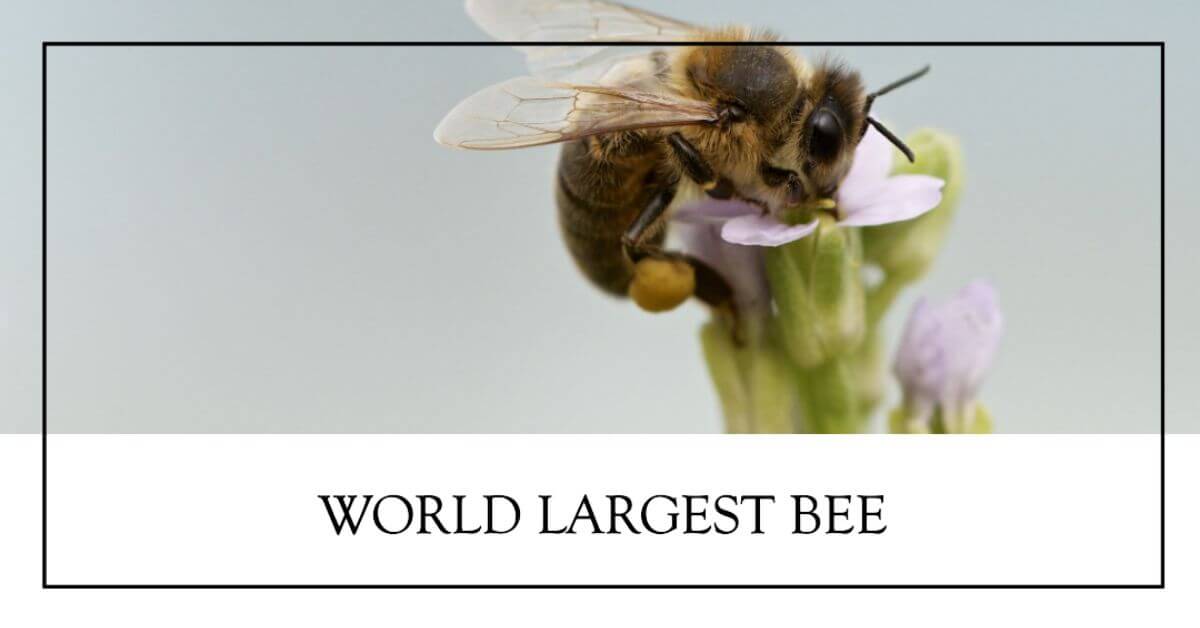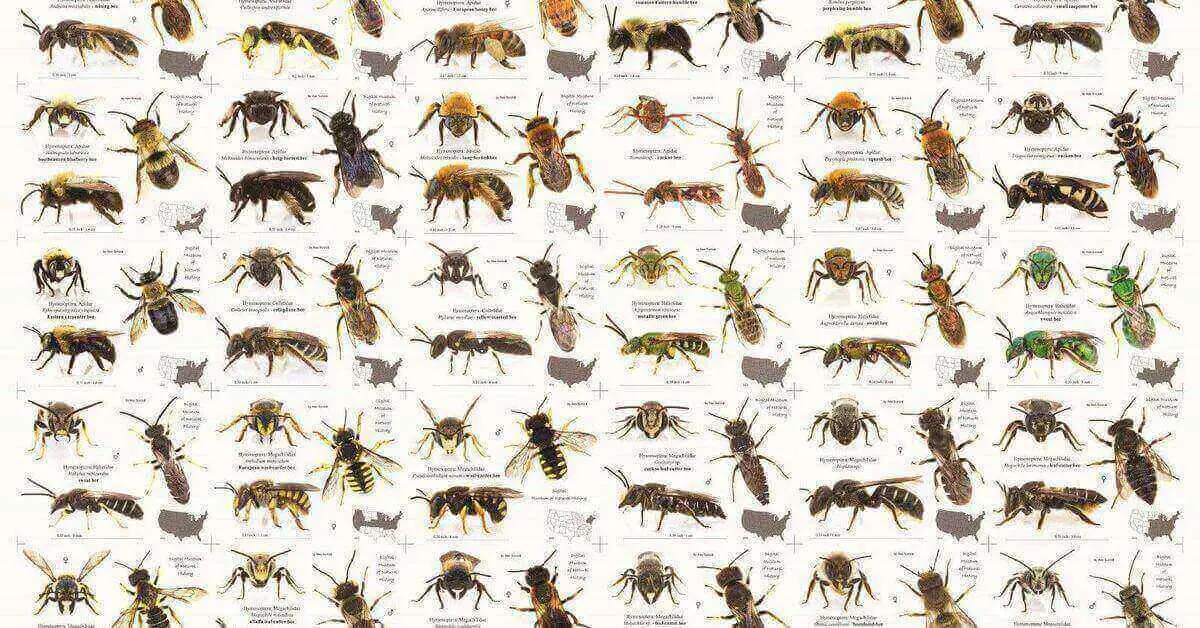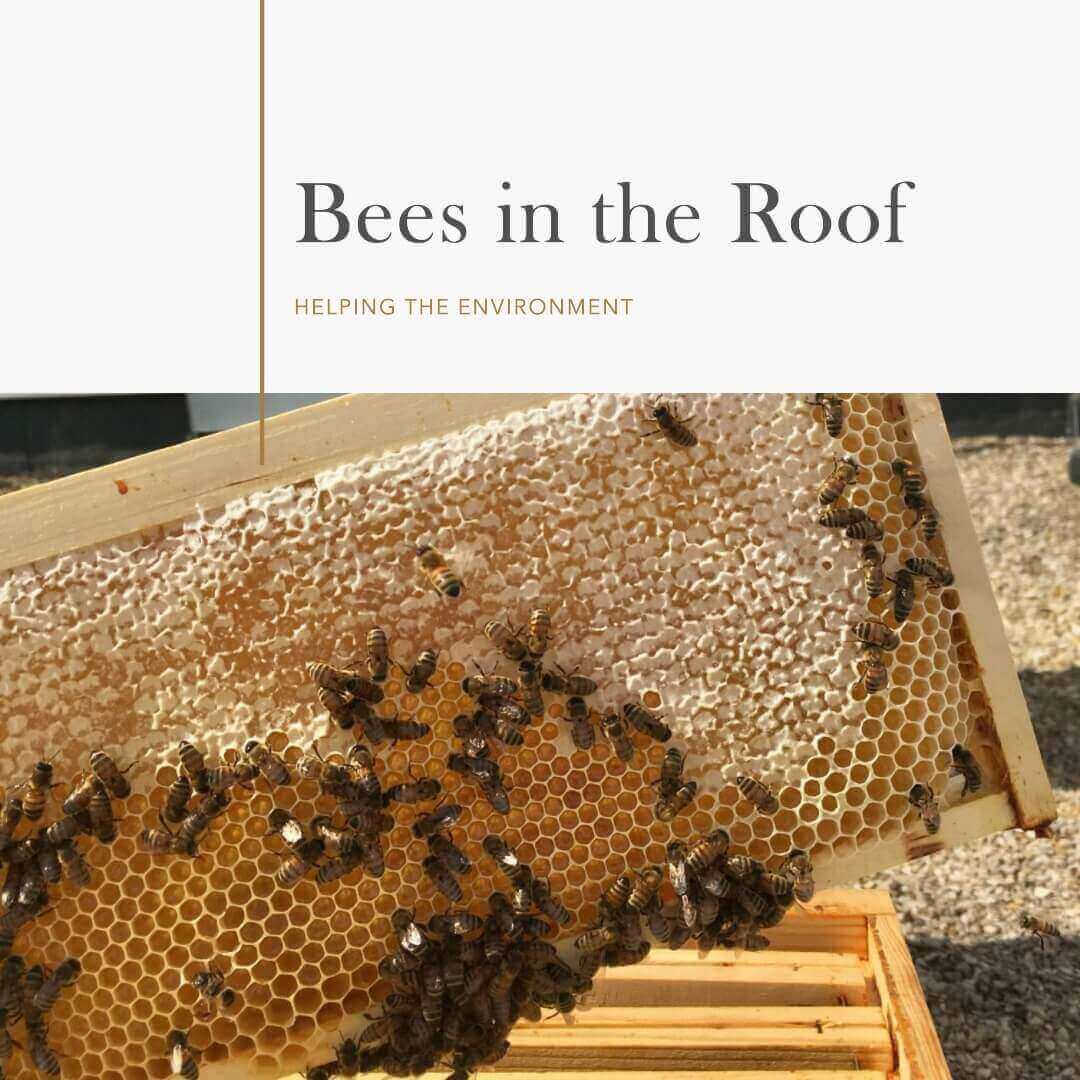In the enchanting realm of nature, some creatures capture our imaginations with their extraordinary size and unique behaviors. Among them are the World Largest bee, which have fascinated entomologists and nature enthusiasts alike for centuries. In this article, we will explore the awe-inspiring world of giant bees, their impressive nests, powerful stings, and intriguing behavior.
The Largest Bee in the World
Standing out among the vast array of bees, the world’s largest bee (Megachile pluto) is a magnificent creature deserving of awe and admiration. Discovered in the rainforests of Indonesia, this giant bee can measure up to a jaw-dropping 1.5 inches in length, with an awe-inspiring wingspan of nearly 3 inches. The sheer size of the Megachile pluto makes it a true marvel in the insect kingdom.
The Largest Bee in North America
While Indonesia is home to the world’s largest bee, North America has its own impressive contender—the Wallace’s giant bee (Megachile pluto). Named after the renowned naturalist Alfred Russel Wallace, this colossal bee shares many characteristics with its Indonesian counterpart. The Wallace’s giant bee has become a symbol of the region’s biodiversity, highlighting the importance of preserving its natural habitats.
World’s Largest Bee: Sting, Nest, and Behavior
The world’s largest bee, Megachile pluto, possesses an arsenal of fascinating traits beyond its size. Its sting is powerful, though not aggressive like some other bee species. The bee primarily uses its stinger for self-defense and protection of its nest, which is a true marvel of engineering.
The Megachile pluto constructs its nests using a combination of resin and wood pulp, creating an intricate structure that can span several inches in diameter. These nests are often found in termite mounds or tree cavities, serving as secure sanctuaries for the developing brood.
Remarkably, the behavior of the world’s largest bee has been observed to be quite gentle and solitary. The bee is mostly a solitary forager, and females take on the responsibility of gathering pollen and nectar to feed their offspring. This unique behavior showcases the delicate balance of nature, where each species has its role to play.
The Biggest Beehive in the World
While the world’s largest bee constructs solitary nests, social bees, such as honeybees, build complex colonies known as beehives. The biggest beehive in the world was discovered in Bhutan, where a massive Himalayan honey bee (Apis laboriosa) colony created a stunning spectacle in the foothills of the Himalayas.
Spanning over 11 feet in length and nearly 6 feet in height, this colossal beehive is home to thousands of industrious honeybees. The hive’s structure is an architectural masterpiece, with multiple combs, cells, and corridors that serve distinct functions within the colony.
Related Posts:
The Biggest Honeycomb in the World
Within the largest beehives, honeybees construct their primary storage and nursery unit known as the honeycomb. The largest honeycomb in the world was discovered in the lush rainforests of Brazil, and it’s attributed to the species Melipona beecheii.
Measuring over 12 feet in length and 5 feet in width, this colossal honeycomb is an engineering marvel. The bees of Melipona beecheii are unique in their honey-making process, producing a distinctive and delectable honey prized by local communities for its medicinal properties and unique flavor.
FAQS
The world’s largest bee is the Wallace’s giant bee (Megachile pluto).
The world’s largest bee is the Wallace’s giant bee (Megachile pluto).
Beehives can reach considerable sizes, accommodating thousands to millions of bees, depending on the species and the duration of time the colony has established.
Conclusion
Nature continues to amaze and inspire with its diverse array of creatures, and the world’s largest bees are no exception. From the awe-inspiring size and gentle behavior of Megachile pluto to the architectural wonders of the biggest beehives and honeycombs, these creatures are a testament to the marvels of the natural world.




